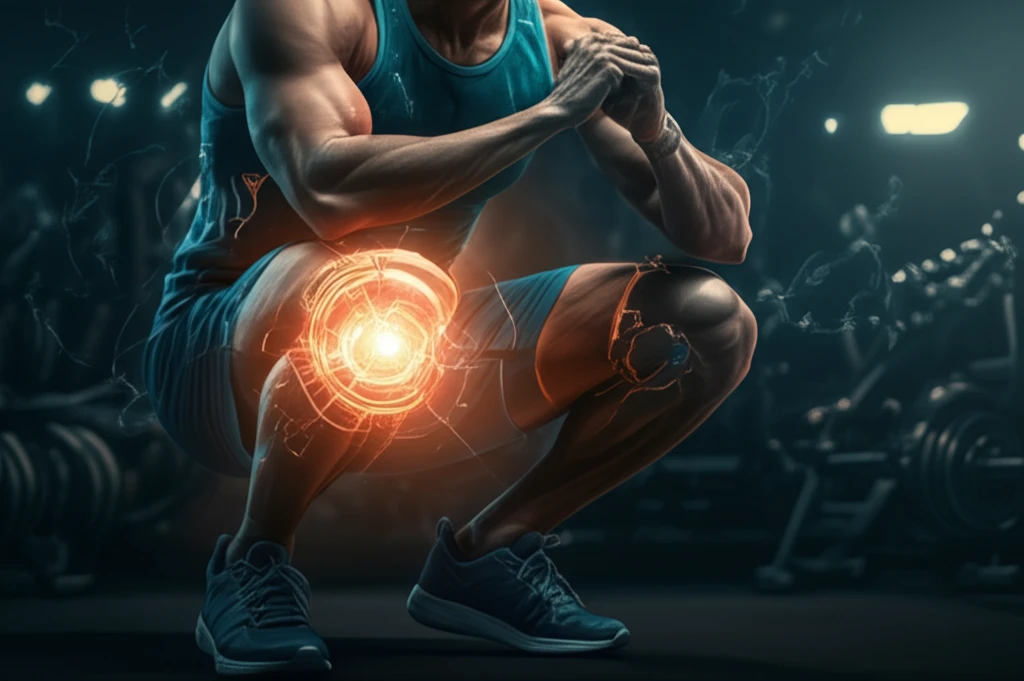
ACL Recovery: Can Eccentric Training Be Your Secret Weapon?
"Discover how eccentric exercises can significantly enhance strength and function after ACL reconstruction, getting you back in the game faster!"
Anterior cruciate ligament (ACL) injuries are a common setback for athletes and active individuals. Reconstruction surgery is often the first step, but the journey to full recovery requires a comprehensive rehabilitation program. Traditionally, rehabilitation focuses on regaining strength and stability through various exercises. However, one specific type of training, known as eccentric training, is gaining recognition for its potential to maximize recovery outcomes.
Eccentric training involves exercises where the muscle lengthens while under tension. Think of slowly lowering a heavy weight during a bicep curl – that's the eccentric phase. This type of training has been shown to be particularly effective at building strength and improving muscle function. The research article "CORRELATION BETWEEN ECCENTRIC TRAINING AND FUNCTIONAL TESTS IN SUBJECTS WITH RECONSTRUCTED ACL" dives deep into eccentric training and jump tests and they are widely used to recover and measure deficits in knee strength and functionality after anterior cruciate ligament (ACL) reconstruction.
This article aims to translate the research into practical insights. We will explore how eccentric training can be a game-changer in your ACL recovery, bridging the gap between scientific findings and real-world application for a stronger, more functional knee.
Unlocking the Power of Eccentric Training

The study, featured in the article "CORRELATION BETWEEN ECCENTRIC TRAINING AND FUNCTIONAL TESTS IN SUBJECTS WITH RECONSTRUCTED ACL", investigated the impact of eccentric isokinetic training on individuals who had undergone ACL reconstruction. Sixteen male subjects with unilateral ACL reconstruction were assessed before and after a 12-week eccentric isokinetic training program. This program focused on strengthening the knee flexors and extensors, using controlled movements at specific speeds.
- Increased Torque: The affected limb showed significant gains in both extension and flexion torque across various test categories and speeds.
- Improved Jump Performance: Participants saw an increase in jump distance (single and triple hops) and a decrease in completion time (crossed and figure-8 hops).
- Specificity Matters: The most significant gains were observed in the training mode and speed (Ecc_30°/s), highlighting the principle of specificity in exercise.
- Neural Adaptations: The non-affected limb also showed gains, potentially due to the crossover education effect, where unilateral training benefits the opposite limb.
The Takeaway: A Holistic Approach to ACL Rehab
While eccentric training offers significant benefits for ACL recovery, it's essential to remember that it's just one piece of the puzzle. A successful rehabilitation program should incorporate a variety of exercises to address strength, motor control, balance, and proprioception. Always consult with a physical therapist or sports medicine professional to develop a personalized plan that meets your specific needs and goals. With the right approach, you can return to your favorite activities with a stronger, more resilient knee.
